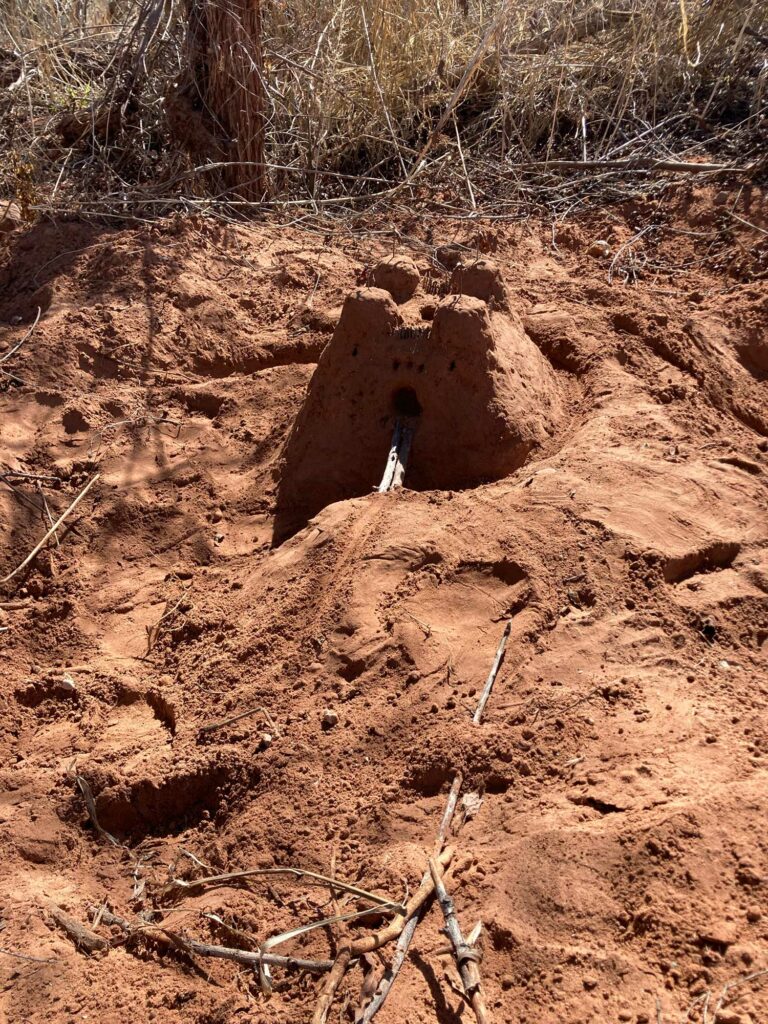
Written by Nico Lorenzen, Wild Stew Field Crew Leader.
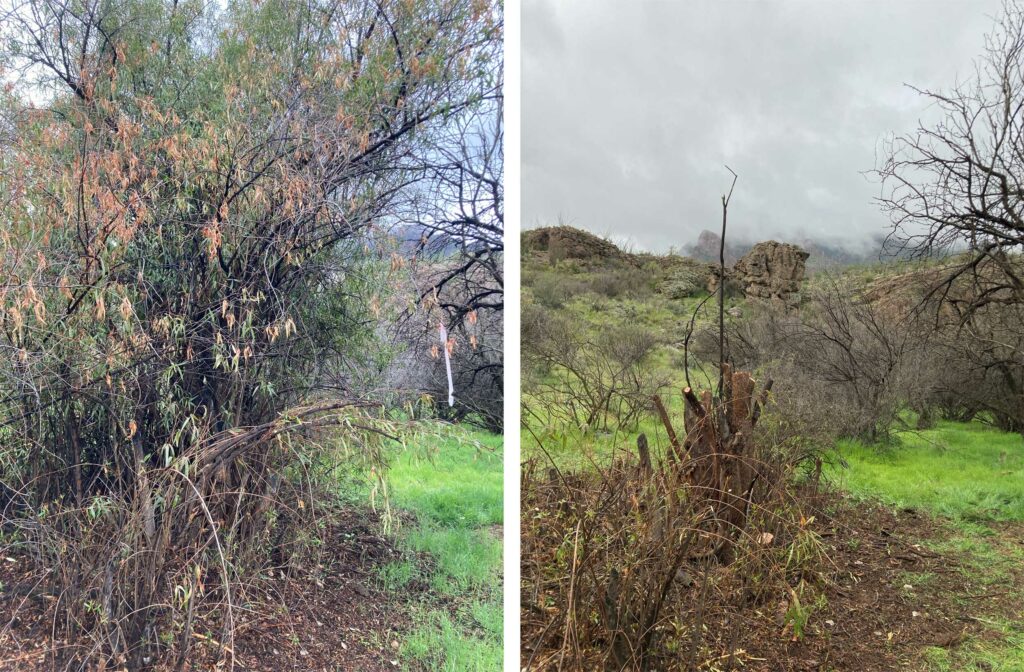
The waters of our desert state are clearly finite, but there is no such limit of their beauty. This past hitch your very own Wilderness Stewardship Crew took on two separate creeks in an effort to push back the progression of invasive species in some of Arizona’s critical riparian habitats.
We tackled invasives in Queen Creek near the town of Superior for four days before tussling with more Tree of Heaven (Ailanthus altissima) along the riparian area of Oak Creek surrounding Cornville for the final four days of our hitch.
We write these narratives of our Wild Arizona experiences as snapshots. An exposé of one trail here, or one hitch there. Yet, it’s critical to pull back and recall that one week of removing non-native invasive plants is incremental in the greater task of restoring the vitality of our watersheds.
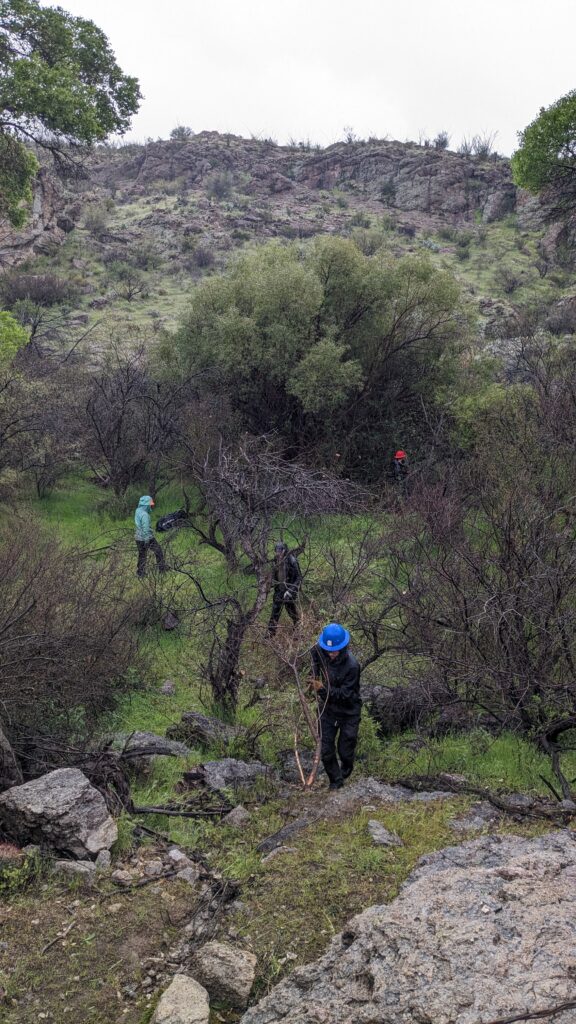
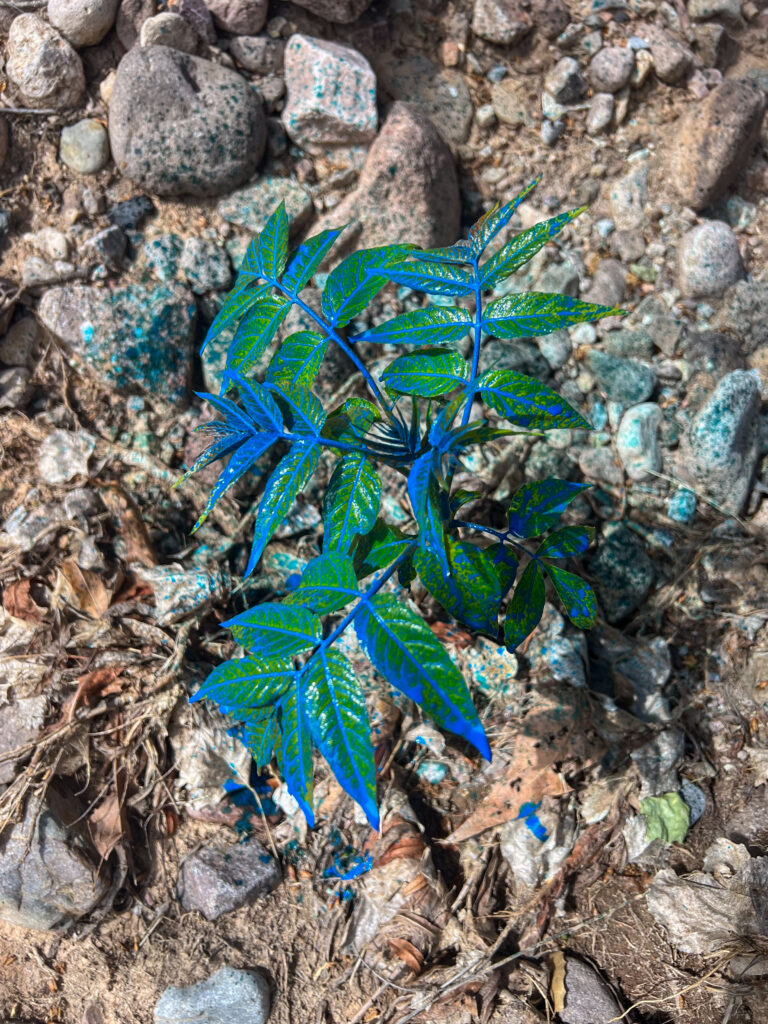
In Queen Creek the task is in its youth, we are surveying the drainage, identifying invasive species, removing many and applying targeted herbicide to halt regrowth. Oh and how many invasive plants there are; between Tree of Heaven, African Sumac, Canary Island Date Palm, Mexican Palo Verde, Malta Star Thistle, Chinese Pistache, Oleander and Tamarisk our work is yet to be cut out by us. Our first task then is to record what is there and where it’s located, digitize and record it into an ArcGIS map to facilitate future stewards’ knowledge of what’s been dealt with, what techniques we used and how many plants are left. We then proceed to treat each species according to empirically sound practice such as frill cutting and herbicide on Tree of Heaven to circumvent its impression of a hydra from Greek mythology.
Just as the fight against invasives is long, so too is it multifaceted. In our efforts to find the premier methodology for denuding our riverine systems of unwanted species in an efficient and healthy way, the greater team of project partners such as the Arizona Department of Forestry and Fire Management and Friends of the Verde among others, each collate the best practices and experiment to improve our chances at ridding ourselves of these invasive species.
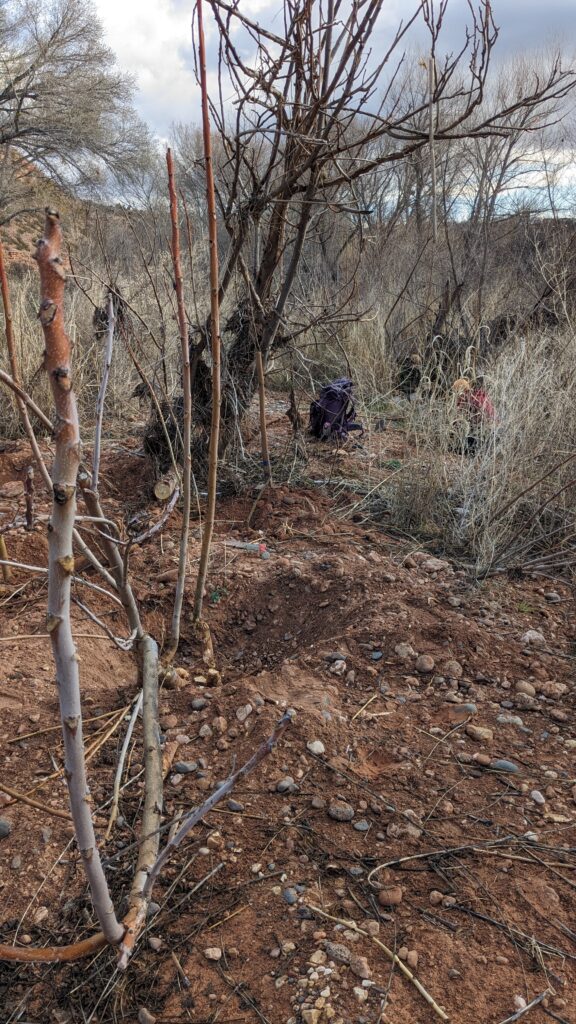

Whereas in Queen Creek we had approval for herbicide application, in Oak Creek we were tasked with manually pulling Tree of Heaven and its serpentine root systems. In four days time our crew removed 984 stems of the plant, digging its roots out with picks, pulaskis, hoes, mini trowels, hands and more grit than the creek bottom itself. I was proud of our crew as we removed the articulating stalks of Tree of Heaven to reveal Desert Willow, the sprawling vines of Coyote Gourd and its foul smelling fruit and even signs where the beaver denizens of the river had left a partially-chewed Cottonwood for another time. The work would feign toward monotony, yet as the waterfowl sang above us when the cold rain abated, and raptors circled in uncovered beams of sunlight and rising thermals, with each tree rent from the sand the import of our work toward the greater wild connections along the Verde and its tributaries became just a bit more real.
Thank you and, dear reader, stay wild!

